What are Traffic Cones Made of?
When you think of traffic cones, you probably envision those bright orange cones that line the roads during construction or redirect traffic around accidents. But have you ever wondered what these traffic cones are made of? In this article, we’ll take a closer look at the materials used to make traffic cones.
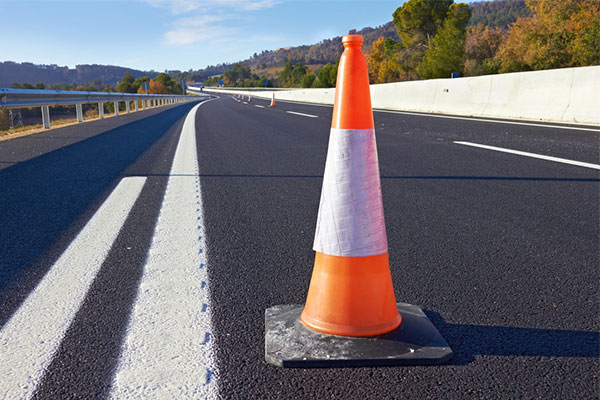
What are Traffic Cones?
Traffic cones, also known as road cones, safety cones, or pylons, are a common sight on streets and highways. They are used to redirect traffic, delineate lanes, mark off hazardous areas, and provide warning signals to drivers. These cones are typically bright orange in color, making them highly visible, especially in low-light conditions.
Materials Used in Traffic Cone Construction
Traffic cones are typically made from a few different materials, each serving a specific purpose. Let’s explore the most common materials used in their construction:
1. PVC (Polyvinyl Chloride)
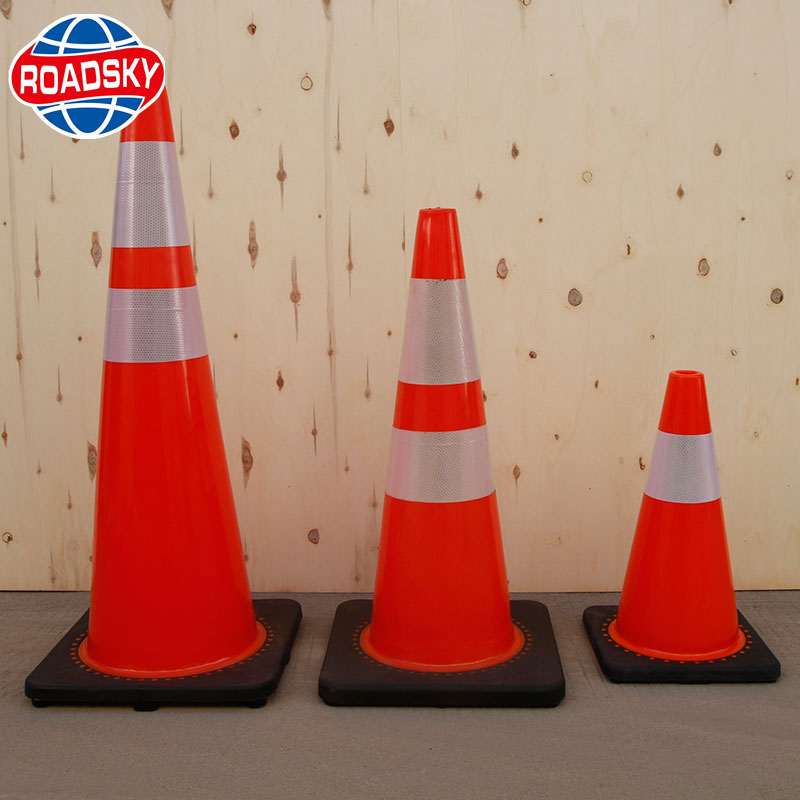
PVC is another common material used in traffic cone construction. PVC traffic cones are lightweight and easy to transport, making them a preferred choice for temporary roadwork or events. They are also resistant to moisture and UV rays, which helps maintain their bright orange color over time. PVC cones are often fitted with a rubber base to provide stability and prevent tipping in windy conditions.
2. PE (Polyethylene)
PE traffic cones are gaining popularity in the industry. These cones are made from high-density polyethylene, a strong and durable plastic material. PE traffic cones are known for their excellent impact resistance, making them suitable for use in high-traffic areas where they may be subject to frequent collisions or rough handling. They also offer good visibility and are often equipped with reflective bands for night-time use.
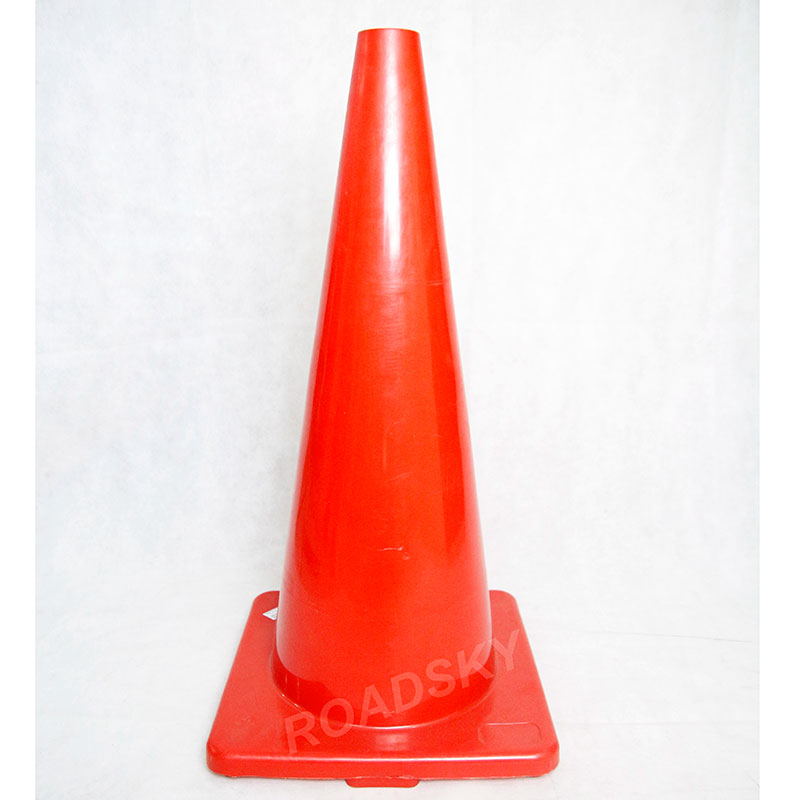
3. Rubber
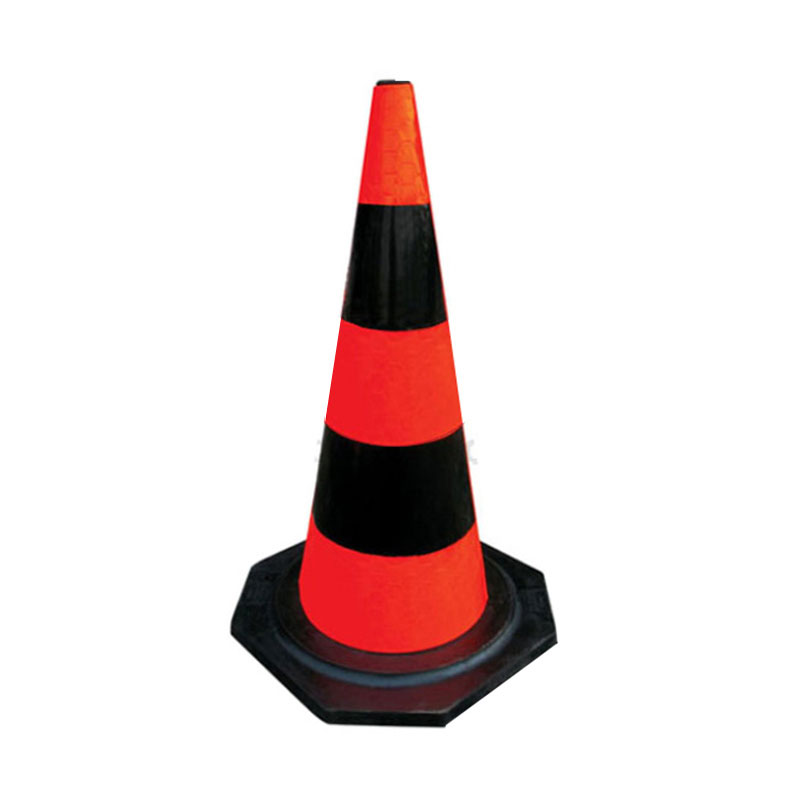
Rubber traffic cones are known for their flexibility and durability. They can withstand being run over by vehicles without breaking, making them suitable for high-traffic areas. Rubber cones are often used in construction zones and other areas where they may be subjected to heavy wear and tear. The flexibility of rubber also reduces the risk of injury to pedestrians or vehicles in the event of a collision.
4. Collapsible Materials
In some cases, traffic cones are made from collapsible materials like nylon or fabric. These cones are compact when not in use and can be easily deployed when needed. They are often used by emergency responders, law enforcement, or for temporary traffic control during events. Collapsible cones are highly portable and can be stored in small spaces, making them a versatile choice for various situations.
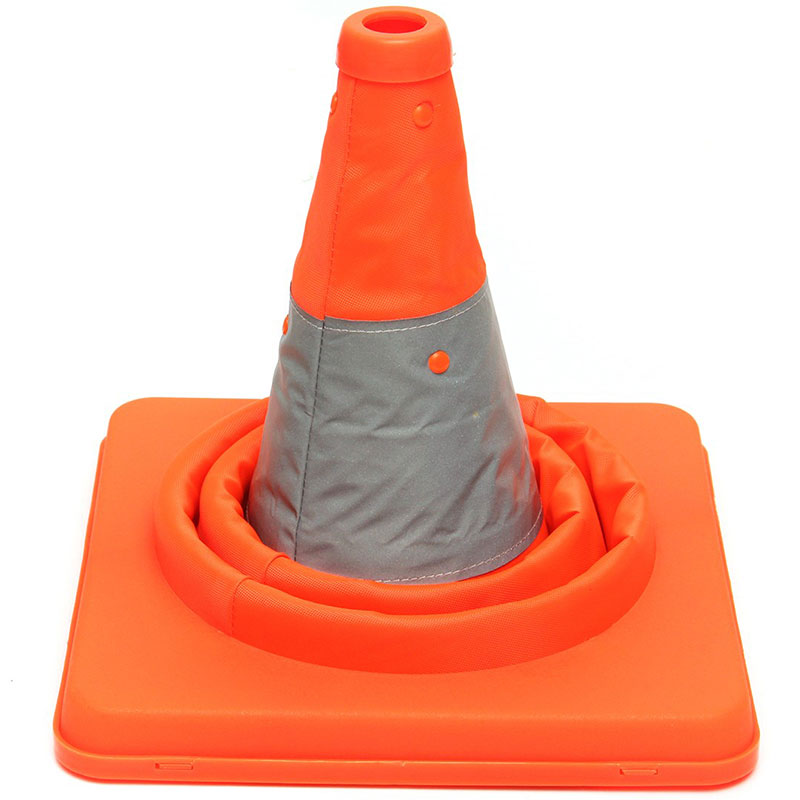
Conclusion
Traffic cones play a vital role in maintaining safety on our roads and at construction sites. While various materials are used in their production, each serves a specific purpose based on durability, visibility, and environmental considerations.

